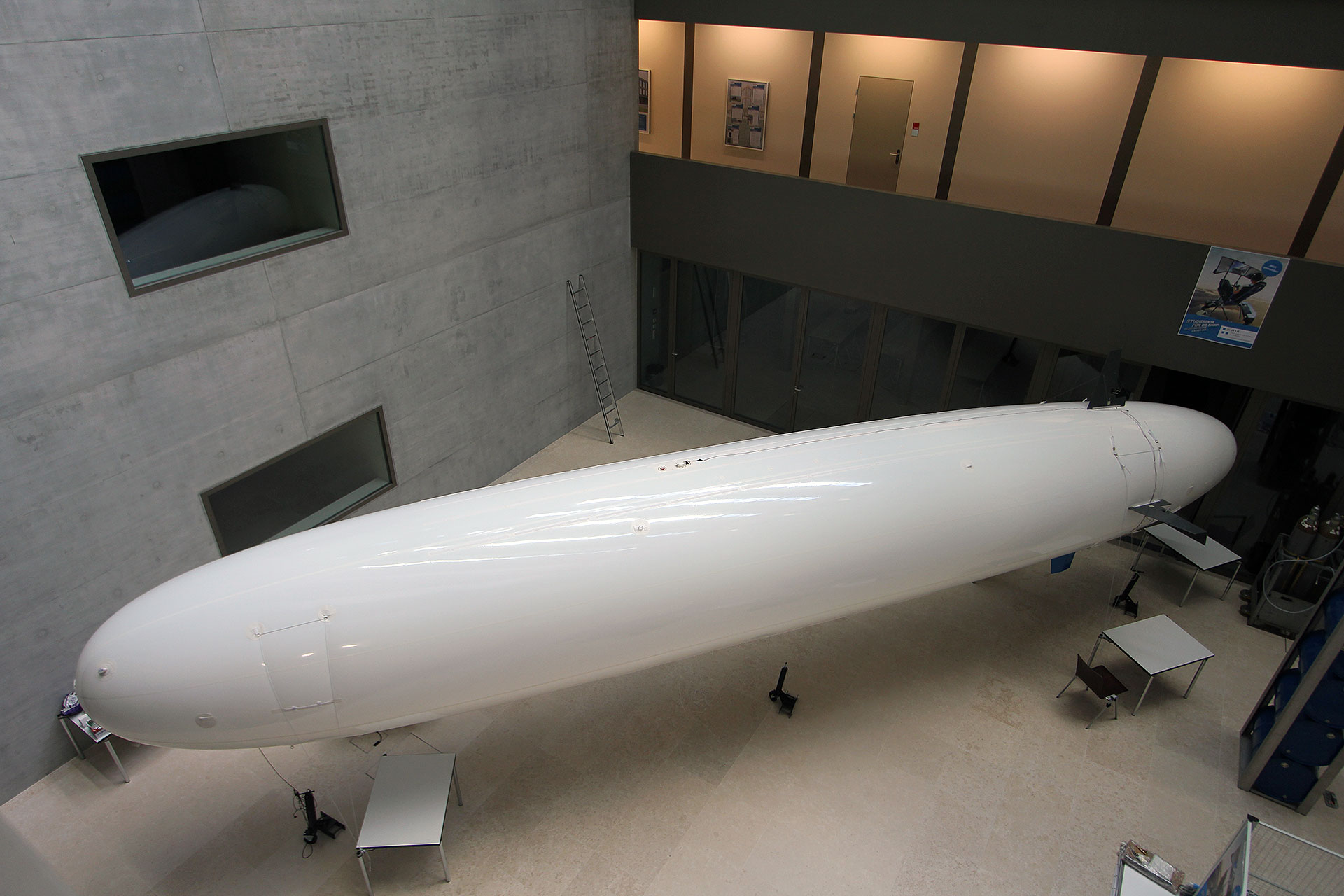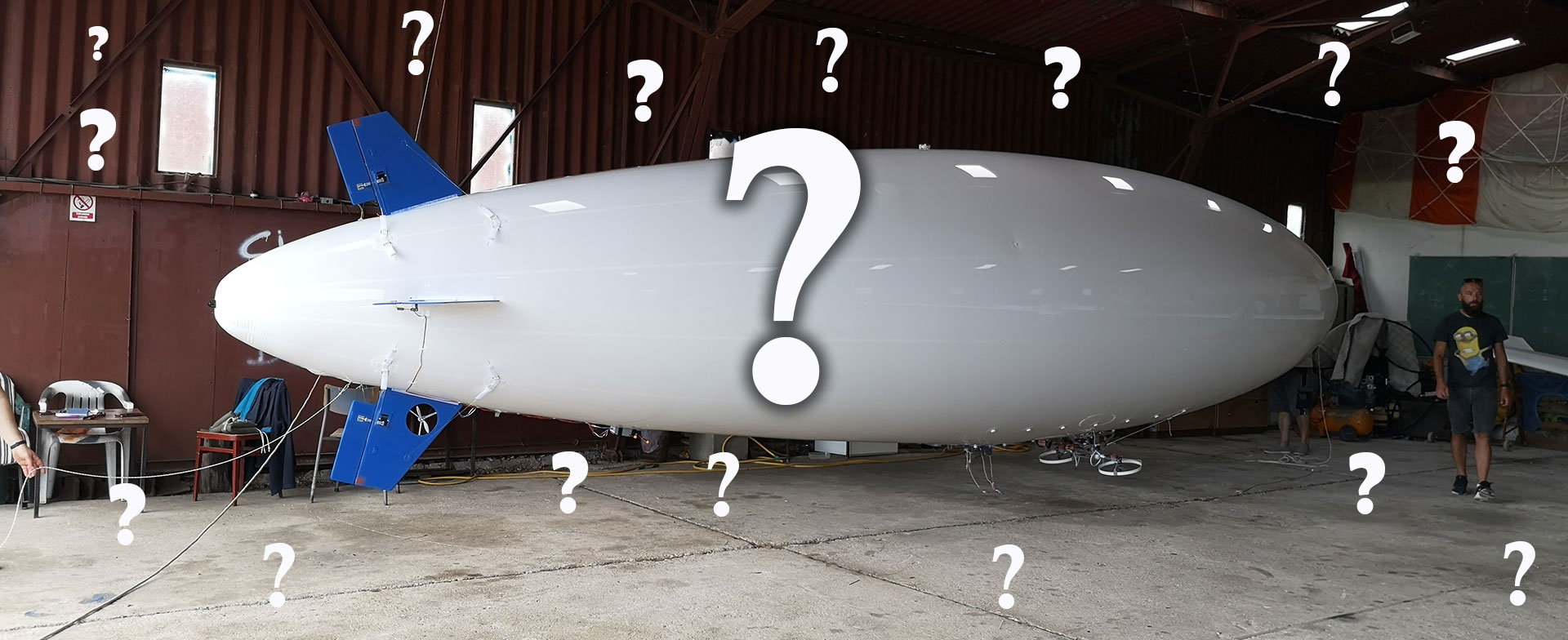
The most frequently asked questions about RC Blimps, Aerostats and Custom LTA
1. Indoor RC Blimps Questions
2. Outdoor RC Blimps questions
3. Aerostats Questions
4. Custom LTA Questions
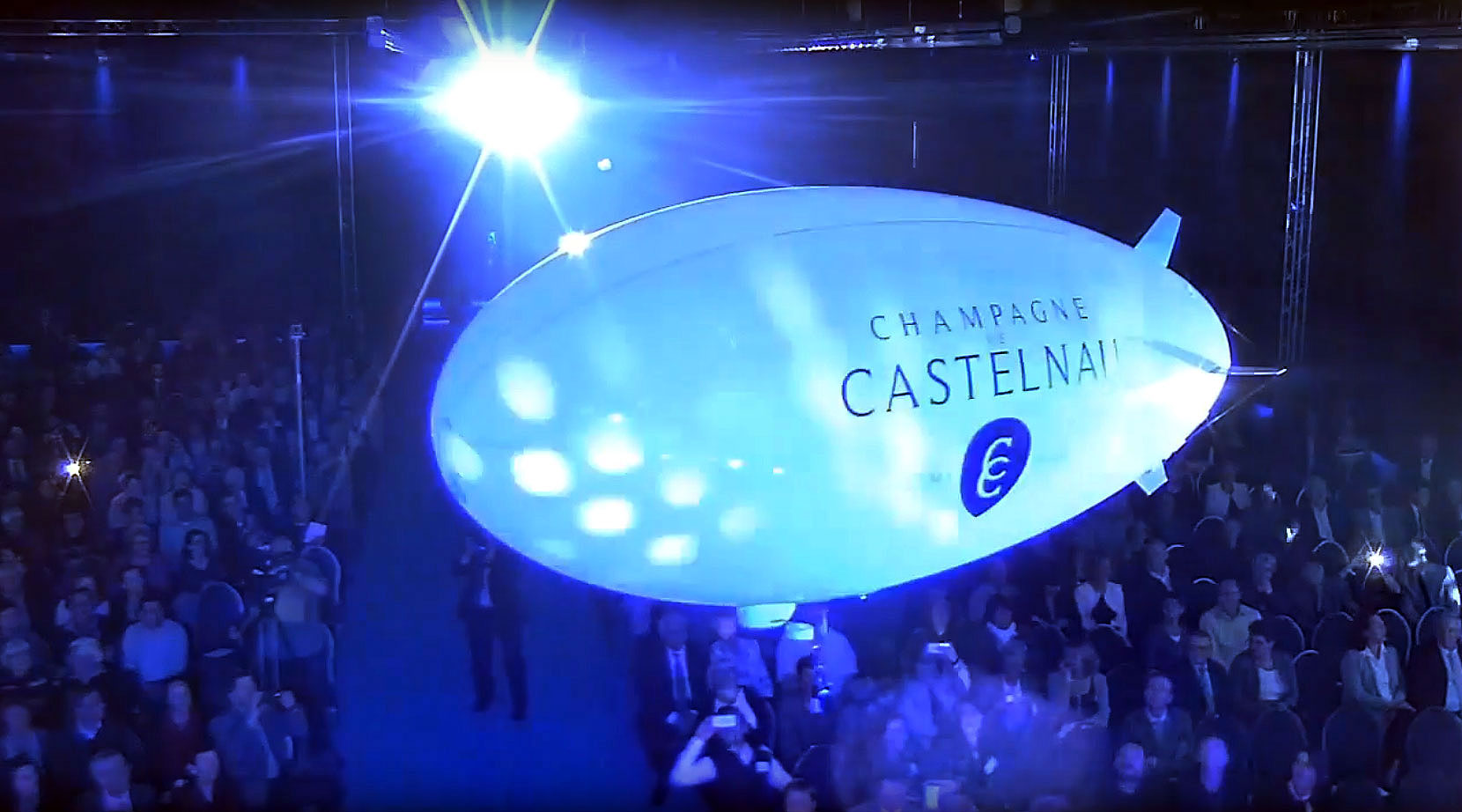
1. Indoor RC Blimp FAQ
Here are questions about what the RC Blimp is made of, how to use and maintain it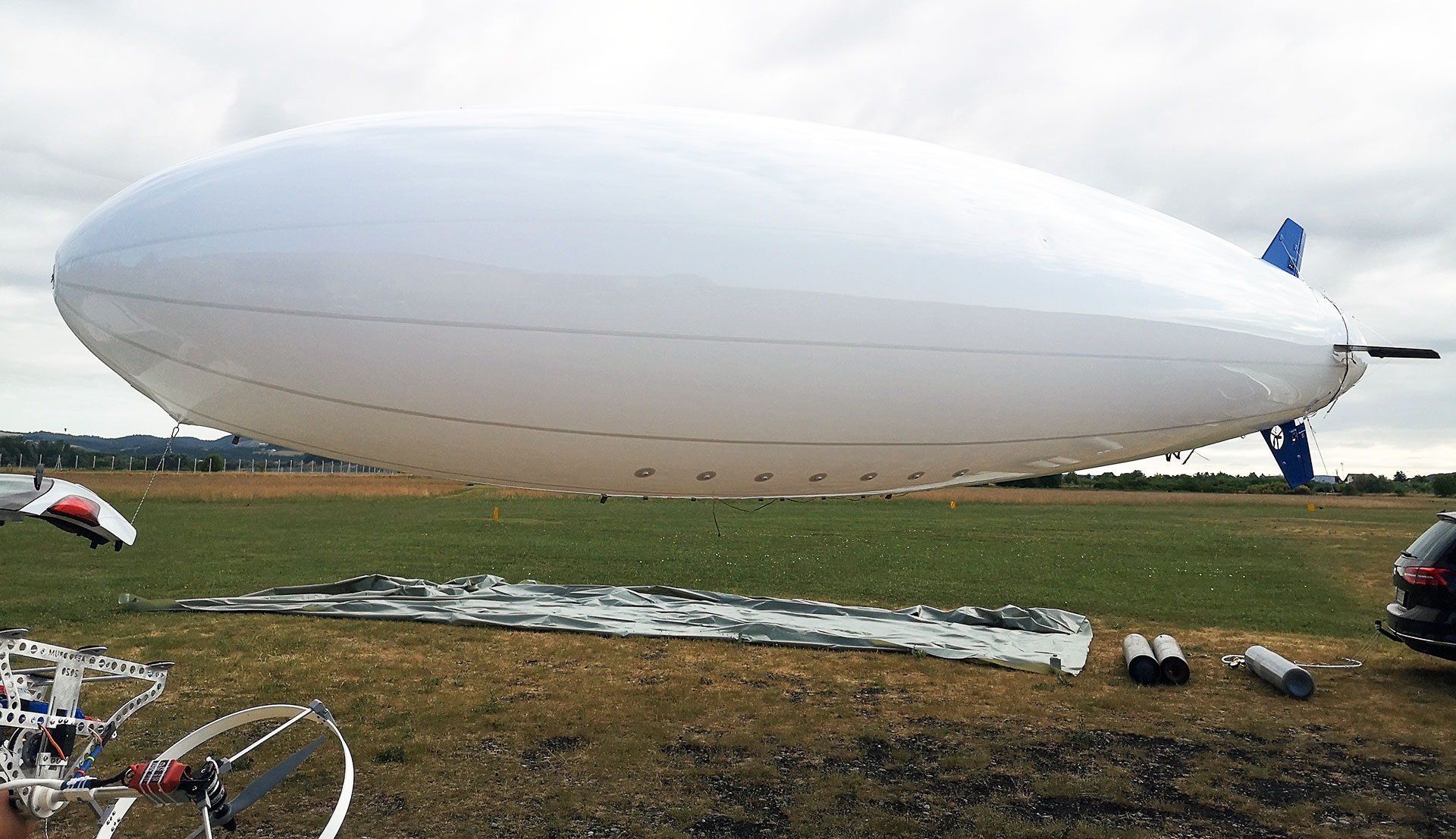
2. Outdoor RC Blimp FAQ
The most frequently asked questions about outdoor RC blimps from our clients and customers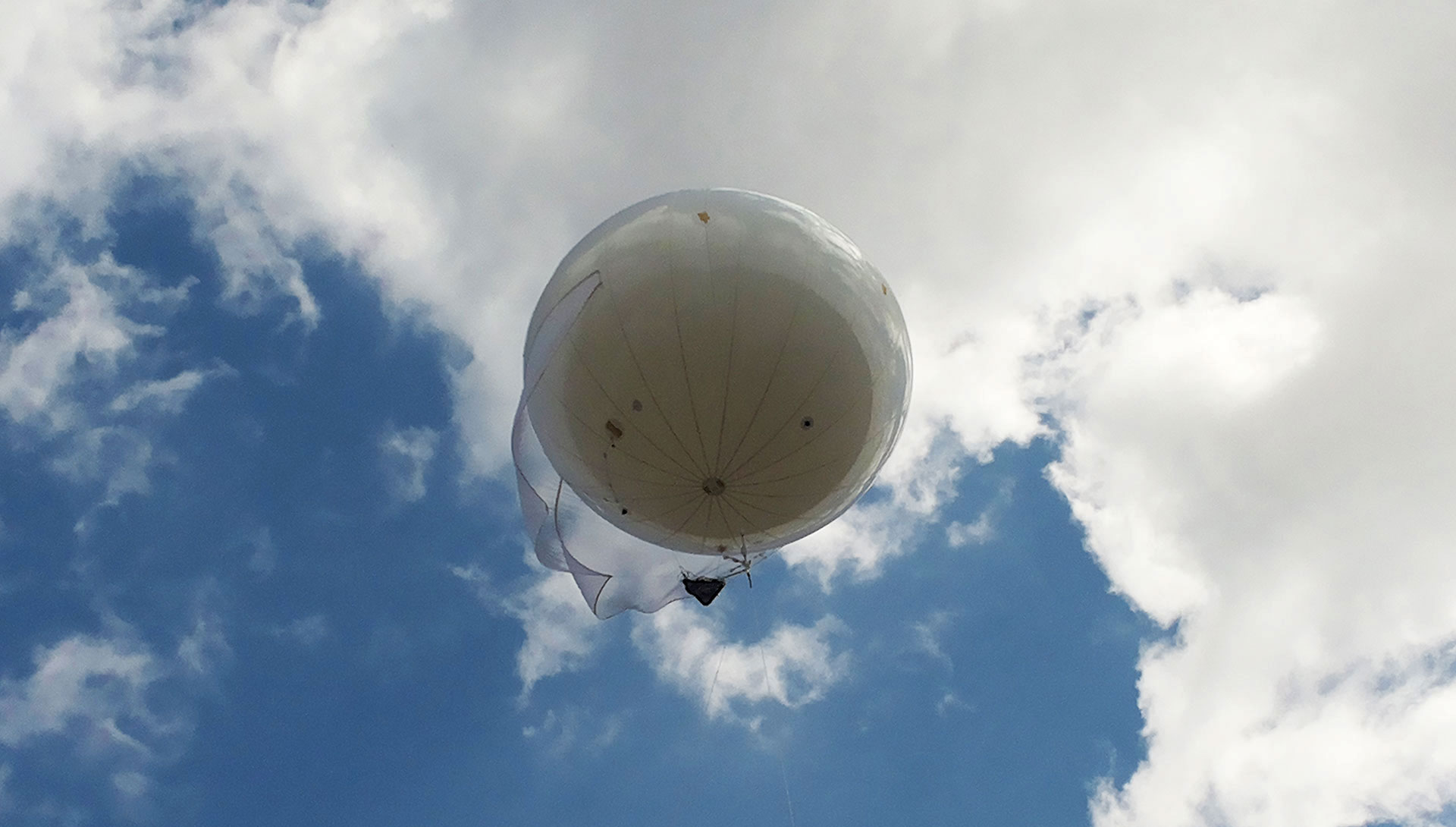
3. Aerostats FAQ
The most frequent questions that customers of our Aerostats ask us